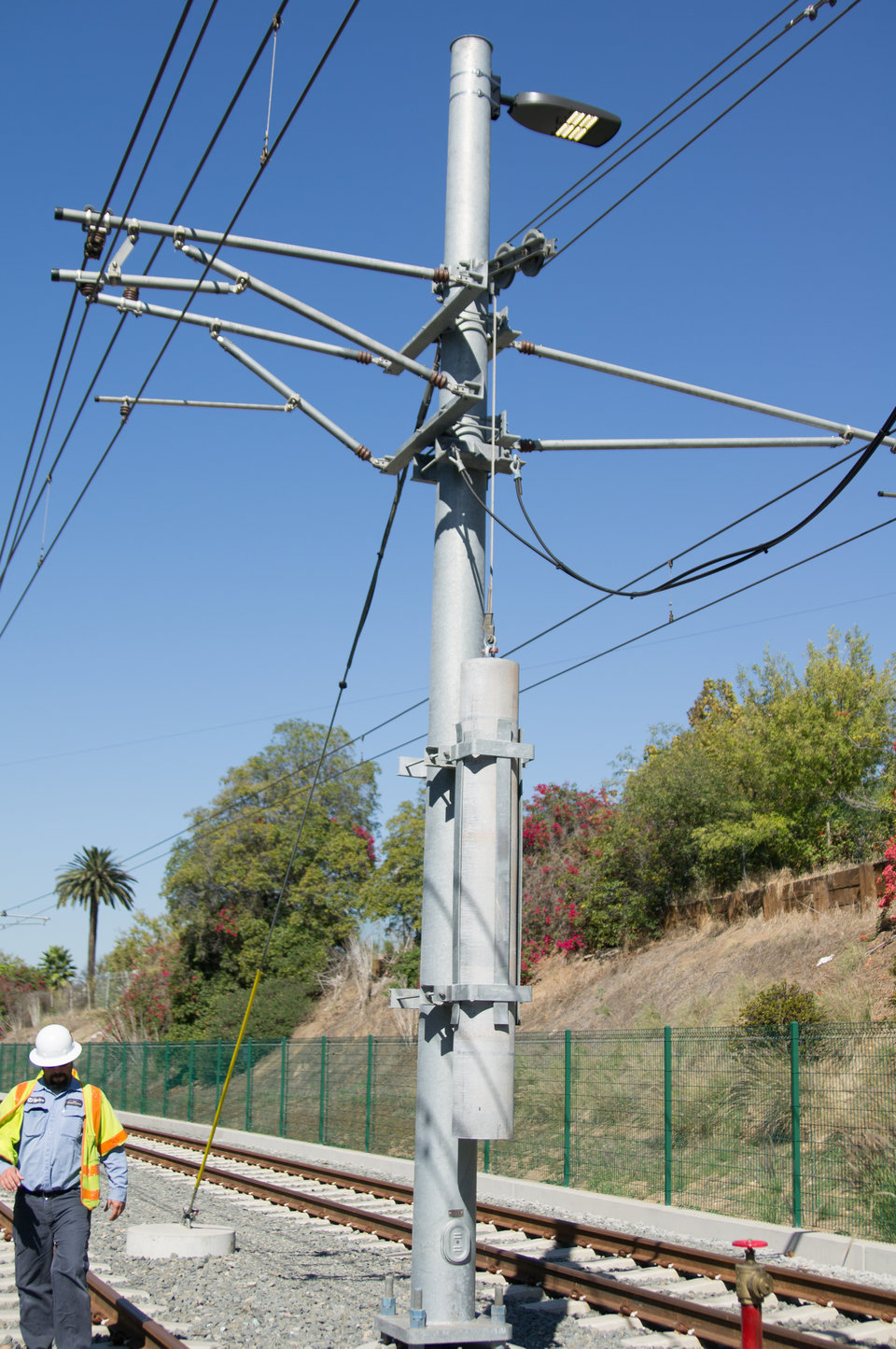- Joined
- Dec 10, 2011
- Messages
- 5,599
- Reaction score
- 2,717
We forget that WAS-NYP is an hour faster than BOS-NYP even though they are similar as the crow flies.
Acela limited to 90* in Metro North territory (NRO to NHV) and going BOTH too many miles (of coastal curves) and too slow (curves and bridges) NHV to Westerly
*And should actually be able to do 90 year round now that the overhead wire has been replaced. unfortunately they have speed and capacity restrictions associated with the next 10 years worth of bridge replacements.
Acela limited to 90* in Metro North territory (NRO to NHV) and going BOTH too many miles (of coastal curves) and too slow (curves and bridges) NHV to Westerly
*And should actually be able to do 90 year round now that the overhead wire has been replaced. unfortunately they have speed and capacity restrictions associated with the next 10 years worth of bridge replacements.


